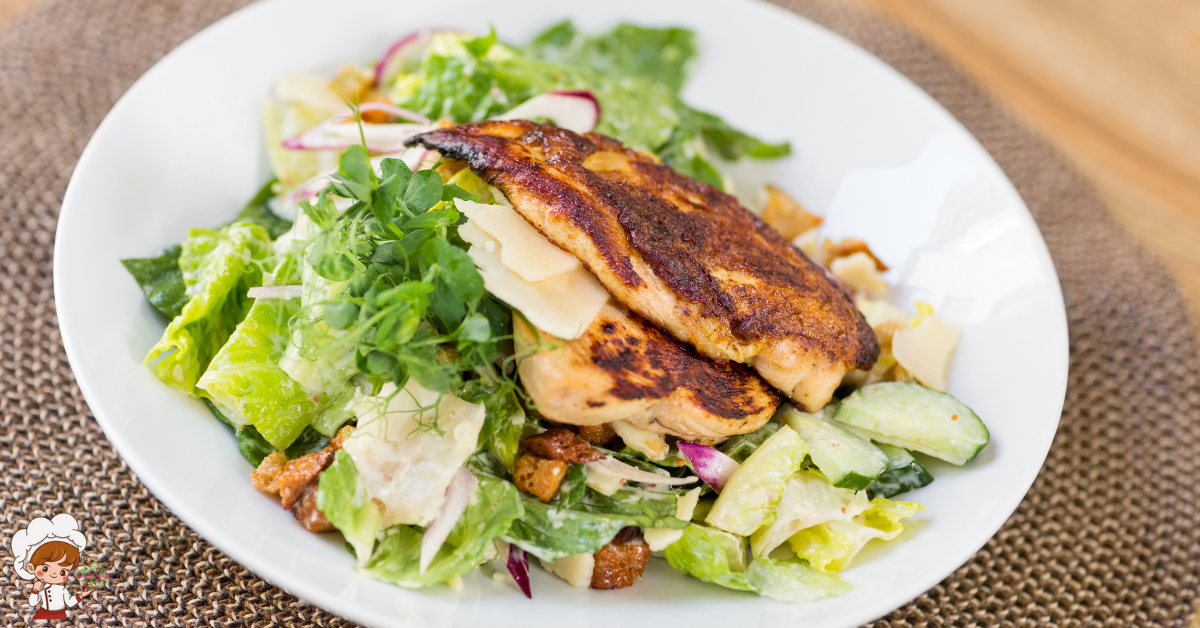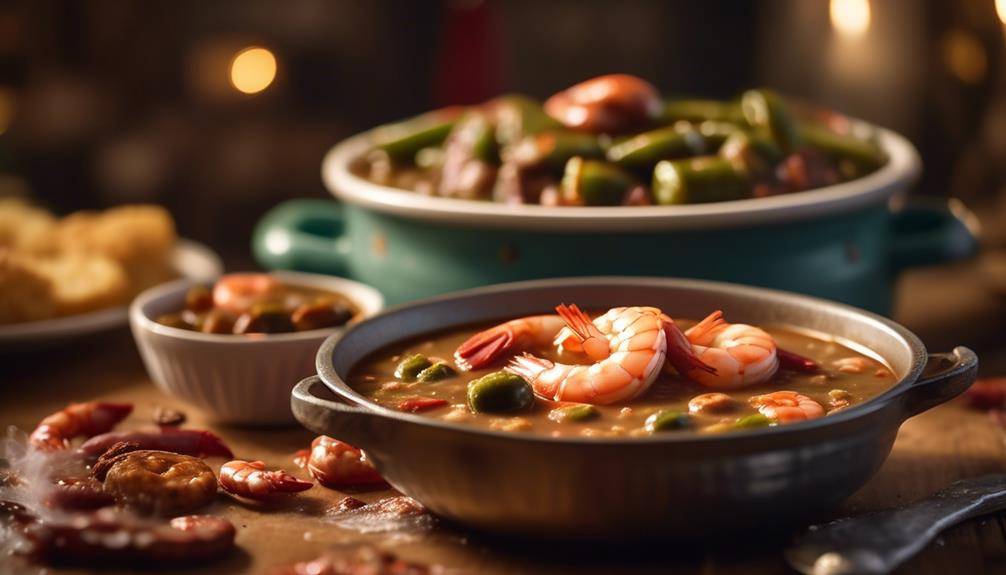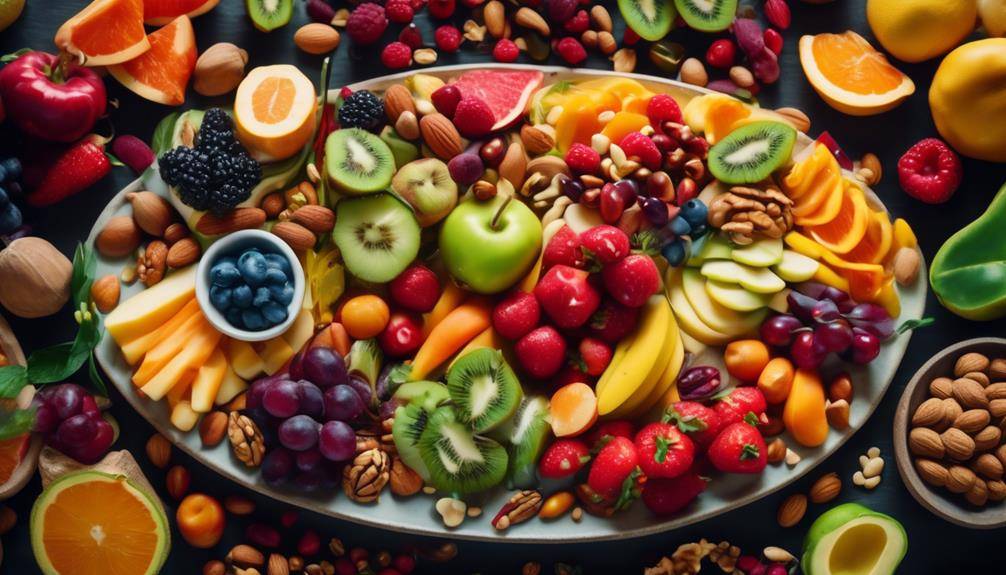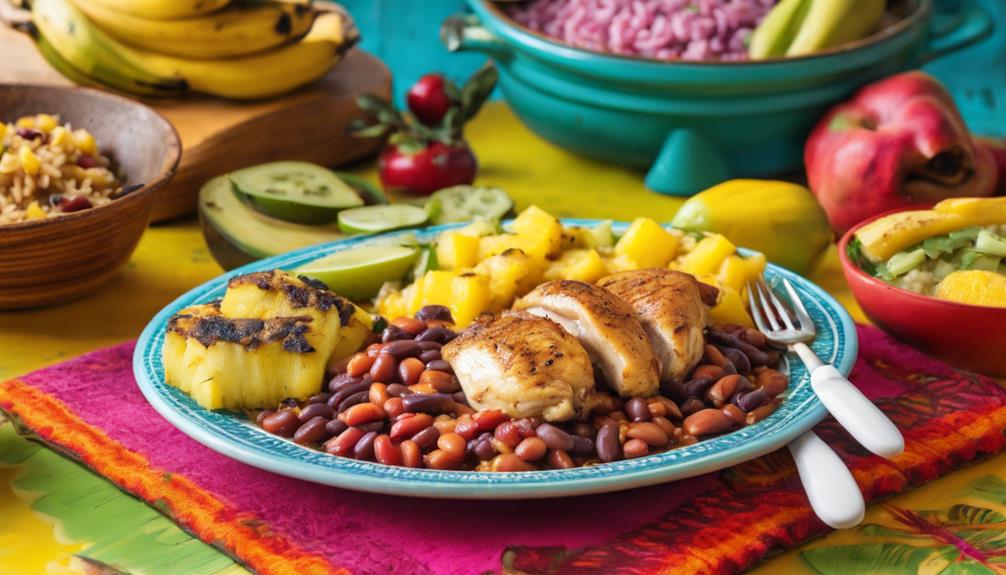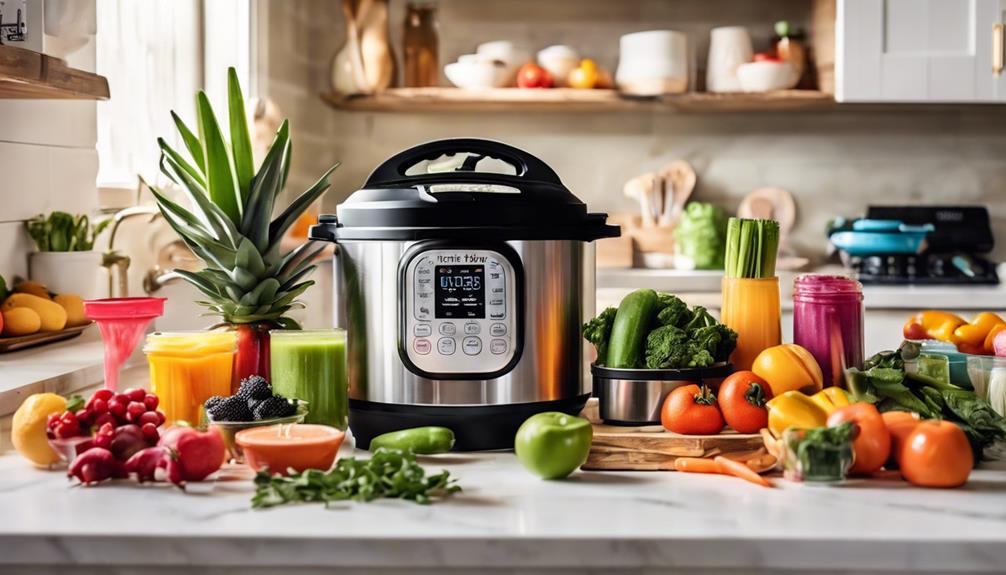How To Reduce Food Waste With Meal Planning
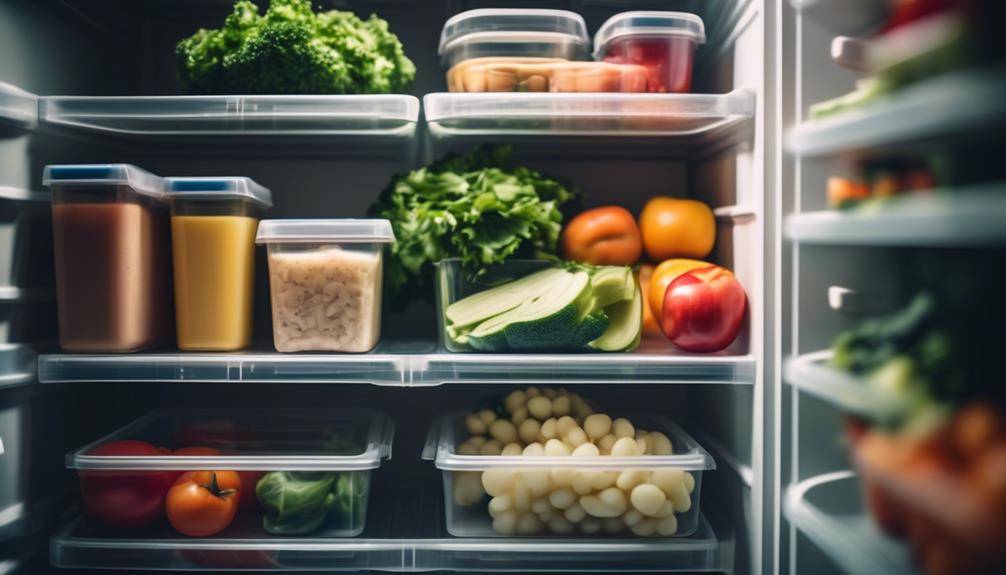
Reduce Food Waste With Meal Planning; They say, “waste not, want not.” And when it comes to food, this adage holds true. Imagine a world where you could cut down on food waste, save money, and still enjoy delicious meals every day.
Well, meal planning is the answer you’ve been looking for. By taking the time to plan your meals ahead, you can reduce food waste and make the most out of the ingredients you have. But how exactly does meal planning work? How can it help you save time and money? And what are some practical tips to get started? In this discussion, we will explore the benefits of meal planning, effective strategies, and creative ways to use leftovers. Get ready to revolutionize your kitchen and make your meals count.
Benefits of Meal Planning
Meal planning offers numerous benefits that can help you save time, money, and reduce food waste. When it comes to sustainable eating, meal planning is a game-changer. By planning your meals in advance, you can make more conscious choices about the ingredients you use and ensure that you are incorporating a variety of nutritious and sustainable foods into your diet.
One of the key benefits of meal planning is that it helps you stick to a budget. By planning your meals ahead of time, you can make a shopping list based on the ingredients you need, which prevents impulse buying and reduces the risk of purchasing items that may go to waste. This can result in significant savings over time, as you are only buying what you need and using up what you have.
Additionally, meal planning can help you reduce food waste. When you plan your meals, you have a clear idea of what ingredients you will be using and in what quantities. This allows you to buy only what you need and use up any leftovers in future meals. By reducing food waste, you are not only saving money but also minimizing your environmental impact.
Tips for Effective Meal Planning
To effectively plan your meals and reduce food waste, consider these practical tips. Meal planning strategies can help you save time, money, and reduce the amount of food that goes to waste. Start by creating a weekly meal plan that includes breakfast, lunch, dinner, and snacks. This will help you stay organized and ensure that you have all the ingredients you need on hand.
When meal planning, try to incorporate time-saving meal ideas. For example, consider making big batches of meals that can be easily reheated or repurposed throughout the week. This can include dishes like soups, stews, and casseroles. Another time-saving idea is to plan meals that use similar ingredients. For instance, if you’re making a stir-fry one night, you can use the leftover vegetables and protein to make a salad the next day.
In addition, make use of your freezer. Freeze leftovers or ingredients that you won’t use immediately to prevent them from going bad. This can include things like bread, meat, and vegetables. Be sure to label and date everything you freeze to avoid confusion later on.
Another tip is to shop your pantry and fridge before heading to the grocery store. Take inventory of what you already have and plan your meals around those ingredients. This will not only save you money but also help you use up items that may be close to their expiration date.
Lastly, don’t forget to consider your schedule when meal planning. If you know you have a busy week ahead, plan for quick and easy meals that require minimal cooking time. This can include things like sheet pan dinners, one-pot meals, or slow cooker recipes. By incorporating these meal planning strategies and time-saving meal ideas, you can greatly reduce food waste and make the most of your ingredients.
How to Shop Smart and Reduce Waste
When shopping, utilize smart strategies to reduce waste and make the most of your ingredients. By implementing a few shopping hacks, you can significantly reduce food spoilage and save money in the process.
First and foremost, plan your meals before heading to the grocery store. Take inventory of what you already have in your pantry and fridge, and create a shopping list based on the meals you intend to cook. This way, you’ll only purchase what you need, minimizing the chances of items going unused and eventually spoiling.
Another smart strategy is to buy in bulk. Purchasing larger quantities of non-perishable items such as rice, pasta, and canned goods can often be more cost-effective. However, be cautious not to overbuy perishable items like fruits and vegetables, as they have a limited shelf life.
When selecting produce, pay attention to its freshness. Choose fruits and vegetables that are firm, without any bruises or blemishes. Additionally, opt for items with a longer shelf life, such as apples or carrots, over more perishable options like berries or leafy greens.
Consider freezing perishable items that you won’t be able to consume before they spoil. Many fruits and vegetables can be frozen for later use, maintaining their nutritional value and minimizing waste. Just ensure you properly label and date the items to avoid confusion.
Meal Prepping Techniques for Efficiency
To maximize efficiency in meal prep, consider using batch cooking techniques and preparing ingredients in advance. This time-saving meal prep method involves cooking larger quantities of food at once, which can then be stored and used for multiple meals throughout the week. By doing this, you can save time and effort in the kitchen while also reducing food waste.
One of the most effective batch cooking techniques is to prepare a large batch of a particular protein, such as chicken, beef, or tofu. You can cook these proteins in various ways, such as grilling, baking, or sautéing, and then portion them out for different meals. For example, you can use grilled chicken breasts for salads, stir-fries, or wraps throughout the week. This not only saves you time but also ensures that you have a versatile protein source readily available.
Another time-saving technique is to chop and prep vegetables in advance. Spend some time on a designated day to wash, peel, and chop vegetables like carrots, bell peppers, and broccoli. Store them in airtight containers or bags in the refrigerator, so they are ready to be used in recipes. This way, when you’re ready to cook, you can simply grab the prepped veggies and save valuable time during the meal preparation process.
In addition to proteins and vegetables, you can also batch cook grains and legumes. Cook a large batch of rice, quinoa, or lentils and divide them into individual portions. These can be used as a base for different meals, such as stir-fries, salads, or grain bowls. By having these staples pre-cooked and ready to go, you can significantly cut down on your cooking time.
Creative Ways to Use Leftovers
Get creative with your leftovers to minimize food waste and create delicious new meals. Leftovers don’t have to be boring or repetitive. With a little imagination and resourcefulness, you can transform your leftovers into exciting dishes that are both tasty and economical. Here are three ideas to help you repurpose ingredients and make the most out of your leftovers:
- Leftover Roast Chicken: Don’t let that half-eaten roast chicken go to waste. Shred the remaining meat and use it to make a delicious chicken salad. Mix it with mayonnaise, chopped celery, and a squeeze of lemon juice. Serve it on a sandwich or over a bed of greens for a quick and satisfying meal.
- Vegetable Stir-Fry: If you have leftover cooked vegetables, turn them into a flavorful stir-fry. Heat some oil in a pan, add garlic and ginger, and sauté your veggies until heated through. Add soy sauce and a splash of sesame oil for a delicious Asian-inspired dish. Serve it over rice or noodles for a complete meal.
- Pasta Bake: Leftover pasta can be transformed into a comforting pasta bake. Mix it with some tomato sauce, vegetables, and cheese. Transfer everything into a baking dish and top it with more cheese. Bake until golden and bubbly for a cheesy and satisfying meal.
Repurposing leftovers not only reduces food waste but also saves you time and money. So, next time you have leftovers in your fridge, get creative and try these leftover transformations. You’ll be amazed at the delicious meals you can create from what you thought was just scraps.
Reduce Food Waste With Meal Planning; Frequently Asked Questions
What Are Some Common Obstacles That People Face When Trying to Implement Meal Planning?
When trying to implement meal planning, you may face common obstacles such as overcoming challenges and managing your time effectively. It’s important to find practical solutions to these issues to ensure successful meal planning.
Can Meal Planning Help Save Money on Groceries?
Yes, meal planning can help you save money on groceries. By planning your meals in advance, you can avoid impulse purchases, utilize ingredients efficiently, and take advantage of sales and discounts.
Is Meal Planning Suitable for People With Dietary Restrictions or Specific Food Preferences?
Meal planning can be a great solution for people with dietary restrictions or specific food preferences. By incorporating meal planning for vegetarians or gluten-free diets, you can ensure that your meals align with your needs and reduce food waste.
How Can Meal Planning Help Reduce Food Waste?
Meal planning helps reduce food waste by allowing you to plan your meals in advance, which means you only buy what you need and use what you have. This saves money and reduces the amount of food that goes to waste. The benefits of meal planning include saving time, eating healthier, and being more organized.
Are There Any Tips for Involving Children in the Meal Planning Process?
Here are some tips to involve children in meal planning: let them choose a recipe, have them help with grocery shopping and meal prep, make it fun by creating a menu board or having themed nights.
Conclusion
In conclusion, meal planning is a practical and efficient way to reduce food waste. By carefully planning your meals, shopping smart, and utilizing leftovers creatively, you can save time, money, and contribute to a sustainable environment. Incorporating these tips into your routine will not only help minimize waste but also ensure that you always have delicious and nutritious meals on hand. Start meal planning today and make a positive impact on reducing food waste.




